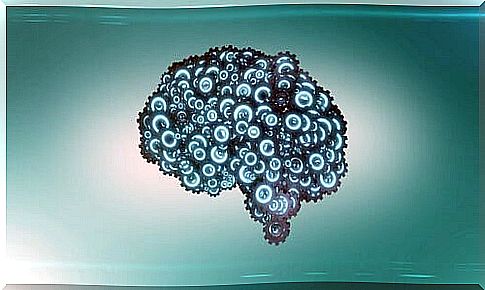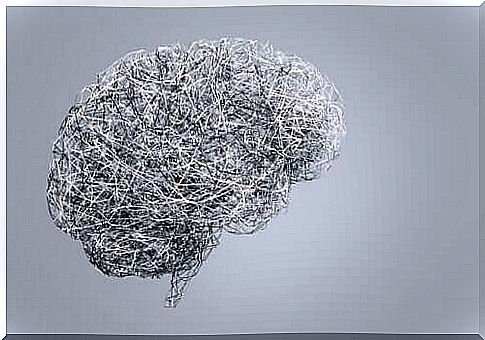The Fascinating Experiment With The Stimoceiver Chip

The stimoceiver chip experiment is one of the most controversial neuroscientific experiments ever. However, it is also very fascinating.
In order to perform such experiments, the Spanish scientist José Manuel Rodríguez Delgado implanted a device in the brain of an animal to control its behavior.
Simply put, this device allows you to control the behavior of biological organisms at a distance. It is like a remote control that causes electrical stimuli in certain areas of the brain.
It causes an animal or or a human to behave in a certain way.
José Manuel Rodríguez Delgado was heavily criticized for this, although his goal was to better understand the brain in order to rehabilitate some of its functions.
It was speculated that what he really wanted was a device to be able to manipulate someone’s mind and control the person’s behavior.
The experiment with the stimoceiver chip
After creating the stimoceiver chip, Dr. Rodríguez Delgado conducted an experiment in May 1965 in Córdoba, Spain, which made him famous worldwide.
Rodriguez chose a bullring to try out his new device.
The arena was small and there were only a number of witnesses. He had selected a bull named Lucero for this experiment. Several bullfighters began to tease the bull while the researcher waited behind a security barrier.
The doctor then arrived, well-dressed in a shirt and tie, with only a remote control in his hand. He walked slowly towards Lucero, who started running furiously towards him.
When the bull got close enough, the researcher activated his remote control, which sent an electric shock through Lucero’s brain and made him stop immediately.
The next day, Dr. Rodríguez on the cover of The New York Times. Everyone knew that there was now a way to control the brains of other beings.
The inventor of the stimoceiver chip
Dr. José Manuel Rodríguez received a scholarship to Yale University in 1946. In 1950, he joined the Department of Physiology at that university after being invited by researcher John Fulton.
About ten years later, he was already testing his new stimoceiver chip. He performed his first experiments on cats and then monkeys. According to witnesses, they did everything he told them to do.
Delgado believed that it was possible to produce a specific radio stimulus in the brain, especially the hippocampus. To do this, he implanted a smaller radio transmitter in the brain that could be manipulated with a remote control.
It is a fairly simple procedure, but at the same time very complex.
Tests on animals and humans
The first time that Dr. Rodríguez Delgado talked about the possibility of controlling someone else’s behavior in the late 40’s. He then had the opportunity to go to Hall Island, Bermuda.
Once there, he managed to implant small stimoceiver chips in the brain of a group of gibbon monkeys. For another briefing, he managed to control the behavior of these animals so that they also went against the group’s leaders.
This is something that had never happened in nature.
He then began experimenting with humans in 1952. The subjects were mental patients from Rhode Island Hospital in Massachusetts.
He justified these experiments by saying that he only performed experiments on patients for whom nothing else could be done.
The experiment with the stimoceiver chip: the controversial experience

Most of the experiments performed with the stimoceiver chip were addressed in the book Physical Control of the Mind: Towards a Psychocivilized Society , published by Dr. Rodríguez Delgado 1969.
In that book, he addresses 25 implants that have been implanted in humans, most of them in people with schizophrenia and epilepsy.
He mentioned that radio transmitters could remain in the brain during the person’s lifetime and that he could generate various states and emotions, such as joy, deep concentration and extreme relaxation.
He was later accused of being involved in the CIA’s agenda to control the human mind. However, no one knows if it was true or not.
What we do know, however, is that the stimoceiver chip became a precursor to other devices that are currently being tested.
It may therefore be possible to improve conditions such as Parkinson’s disease and obsessive-compulsive behavior.









